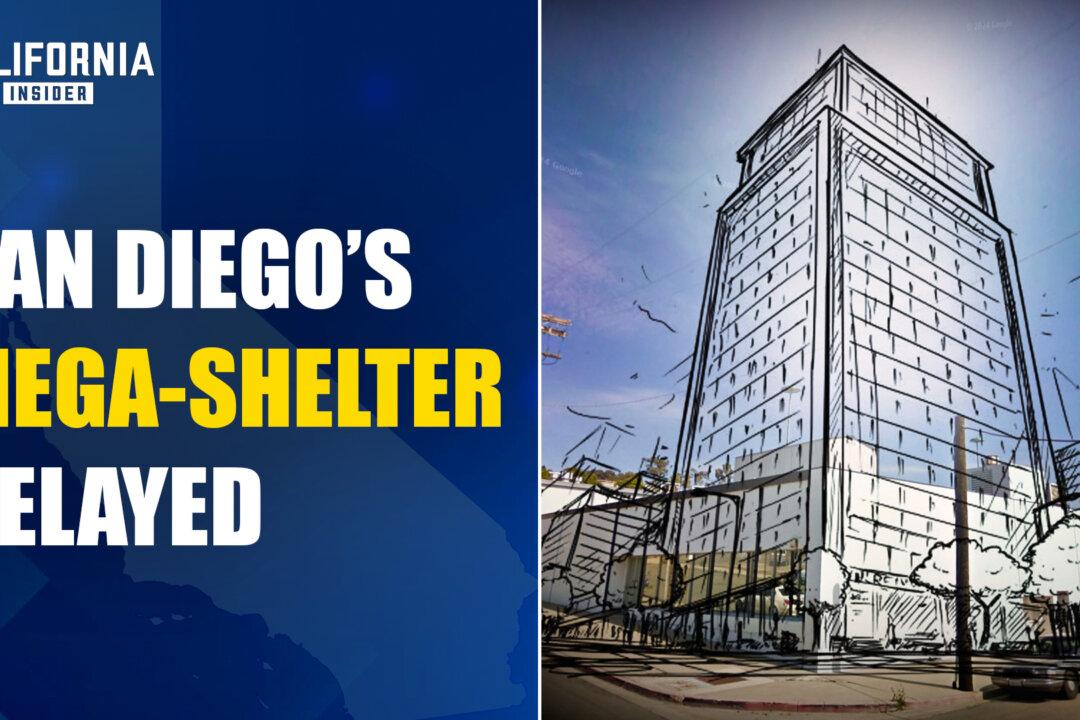Key Takeaways
- 0:00 San Diego’s $1B Shelter Proposal Raises Concerns
- 02:28 A “Mega Shelter” Might Not Be the Best Solution Right Now
- 04:28 What’s Going On With San Diego’s Homelessness Situation
- 08:16 How Should We Approach Solving Homelessness





